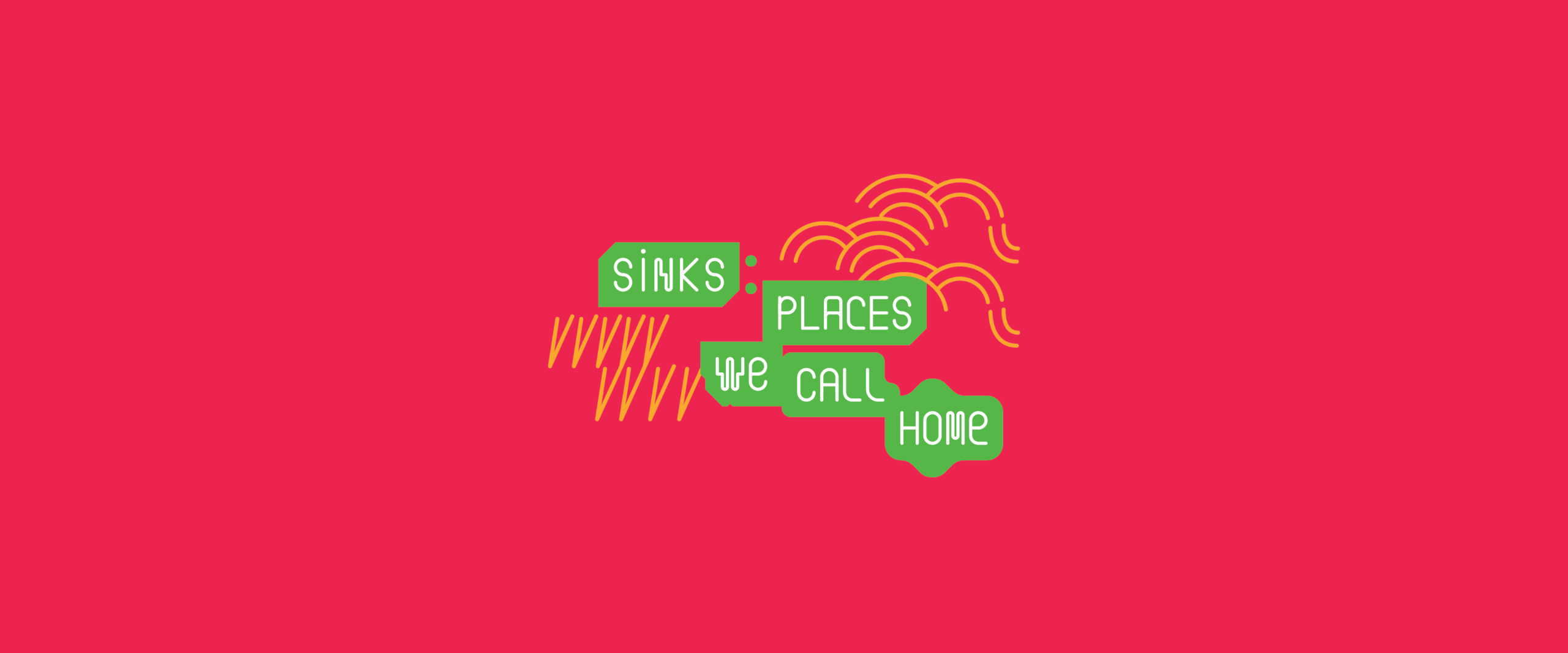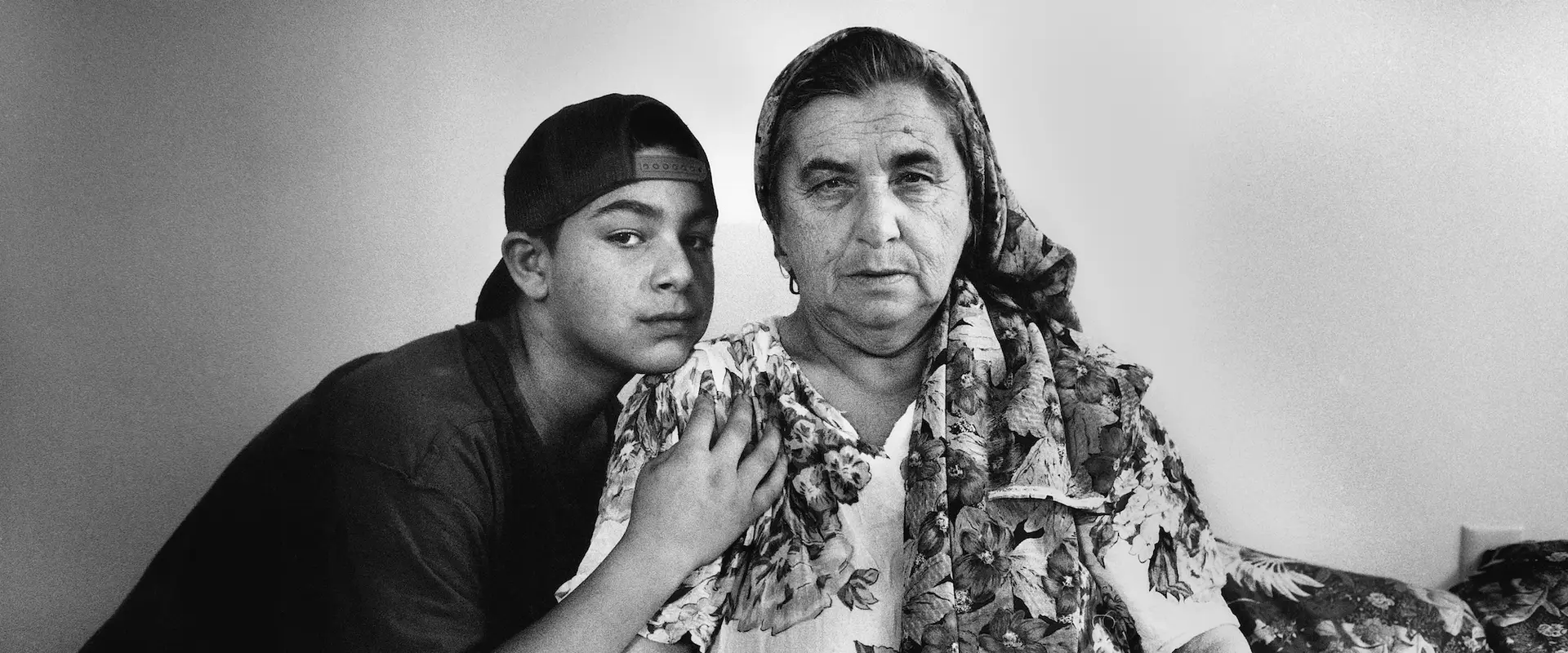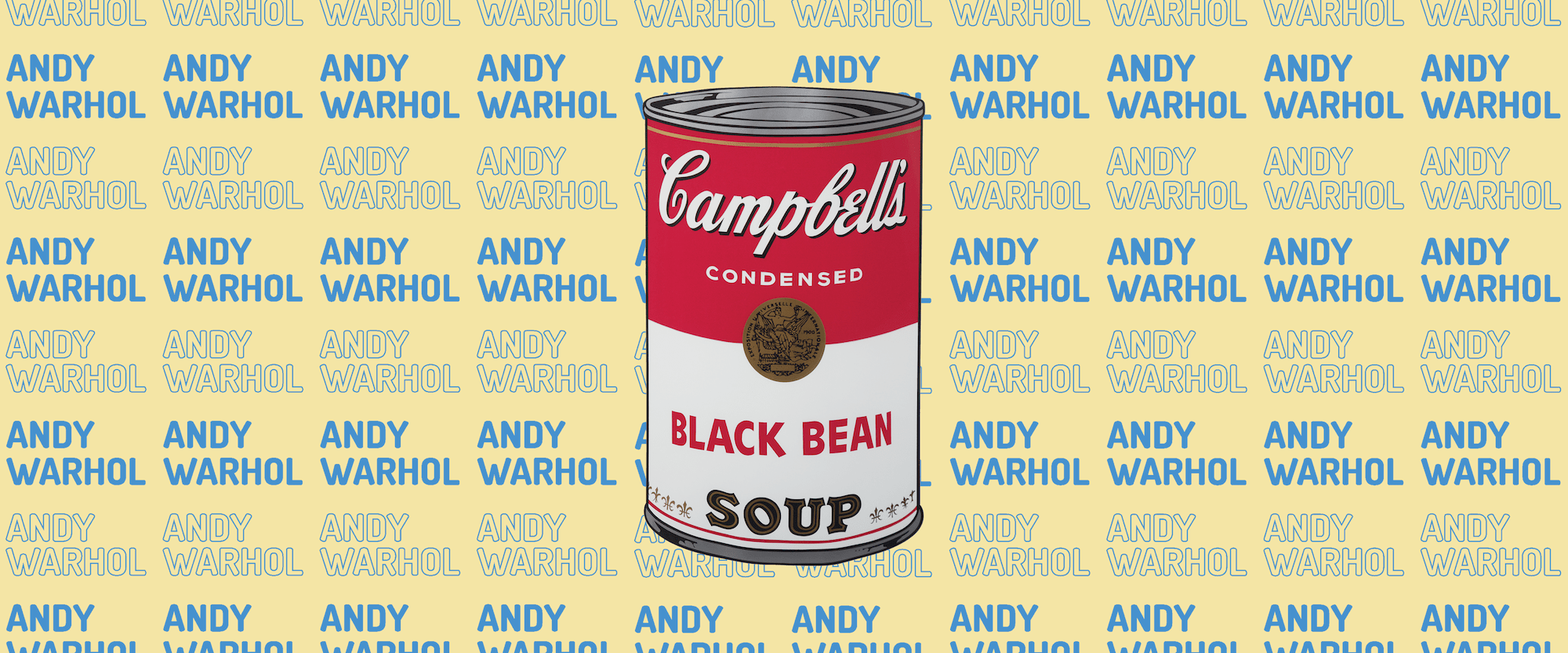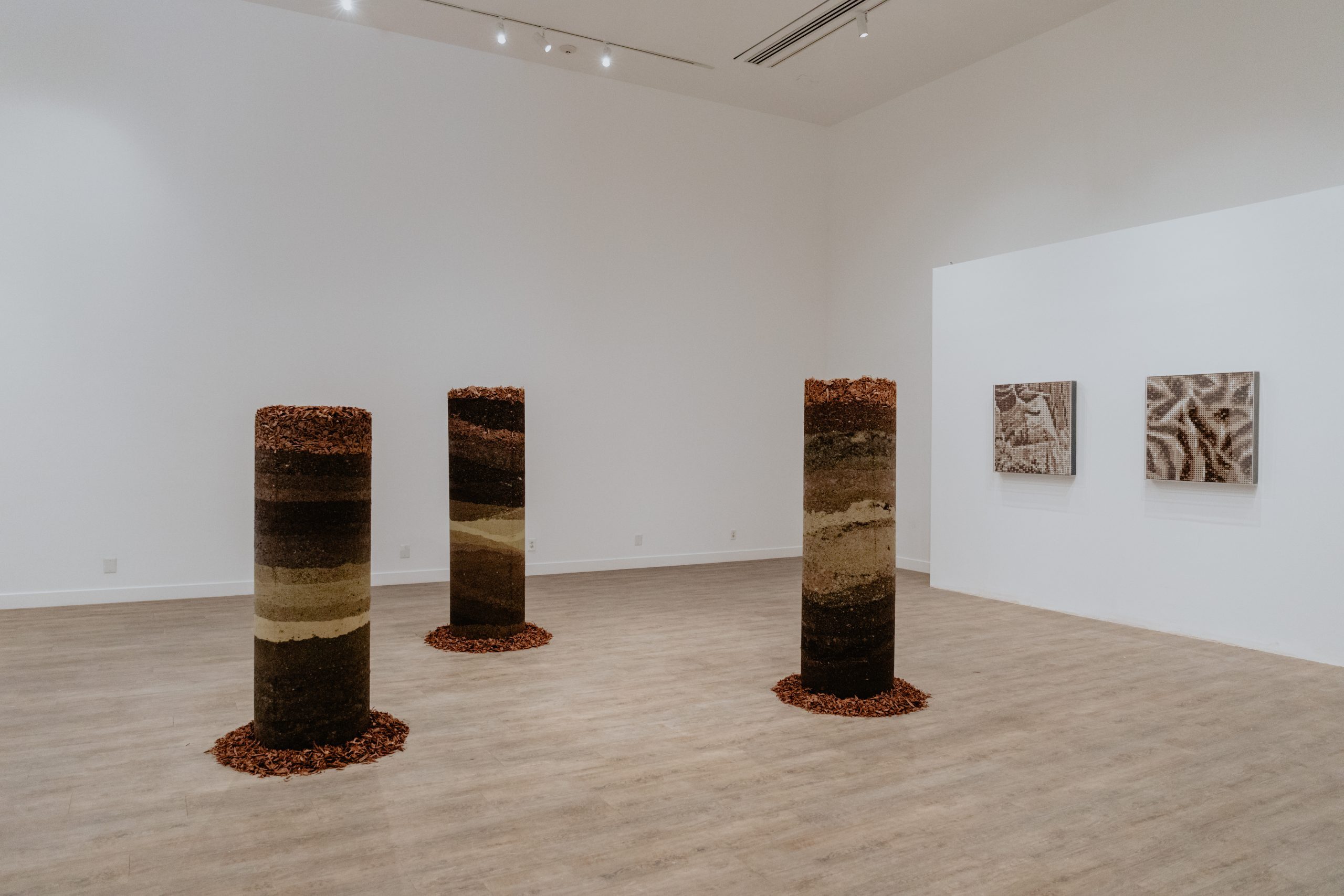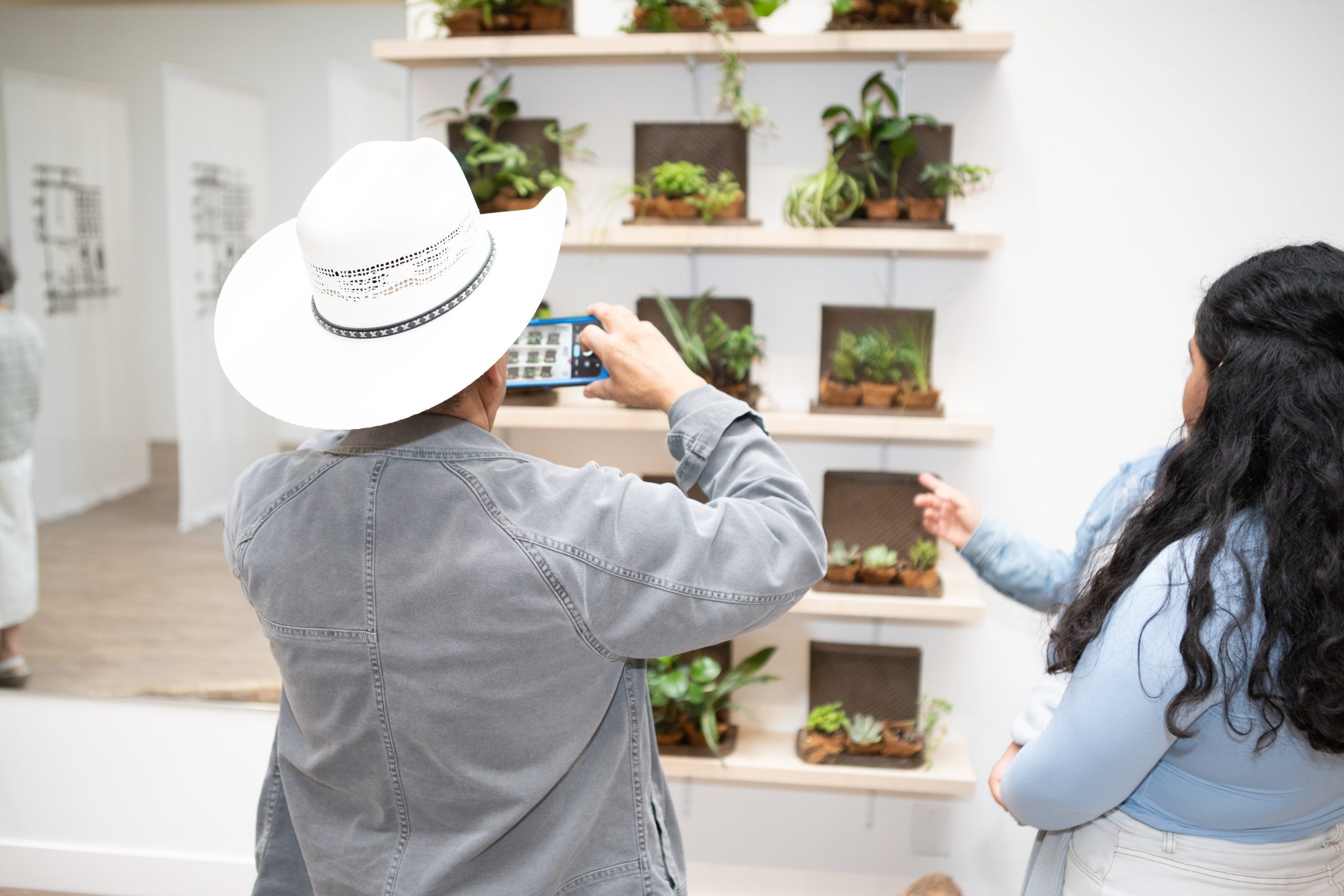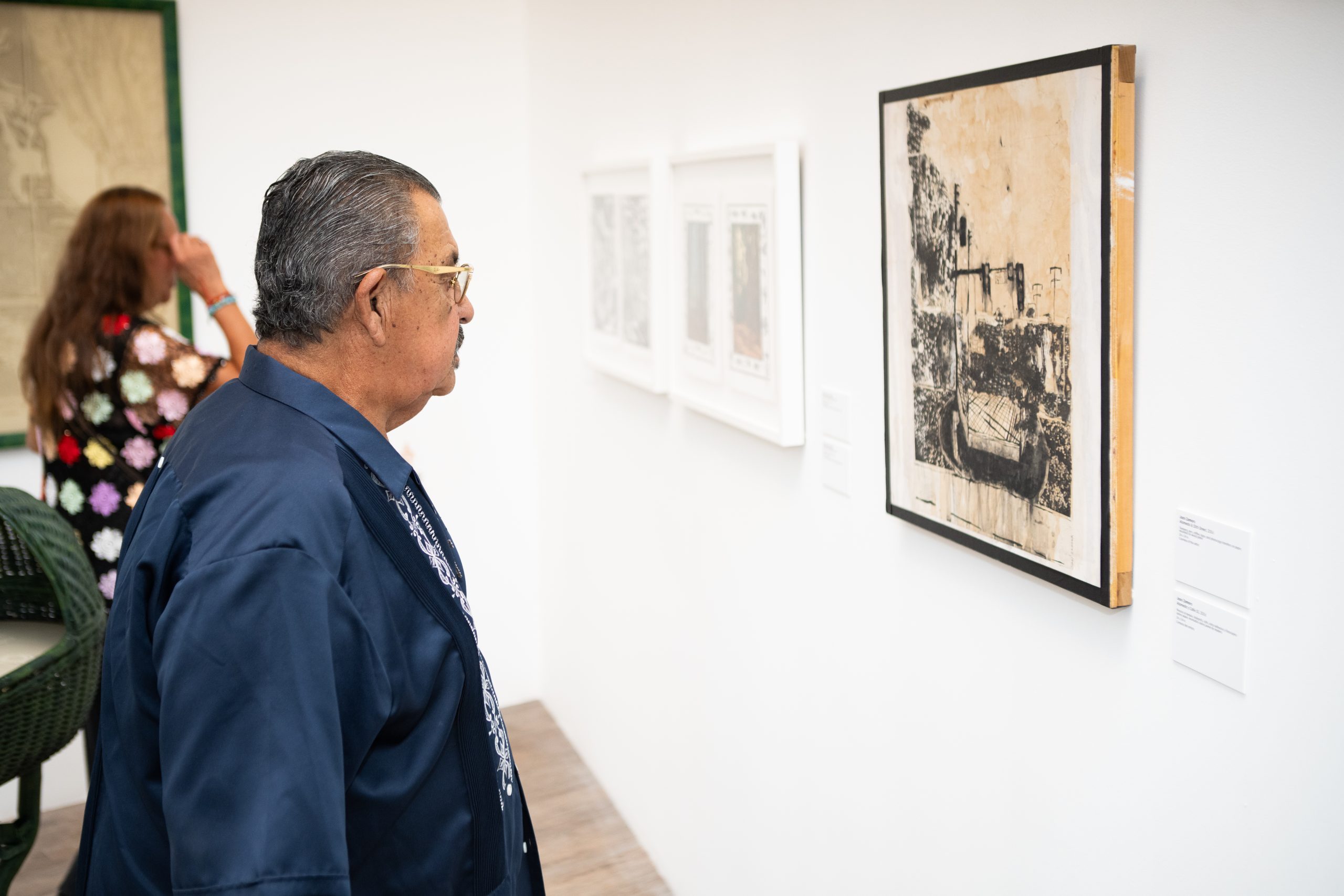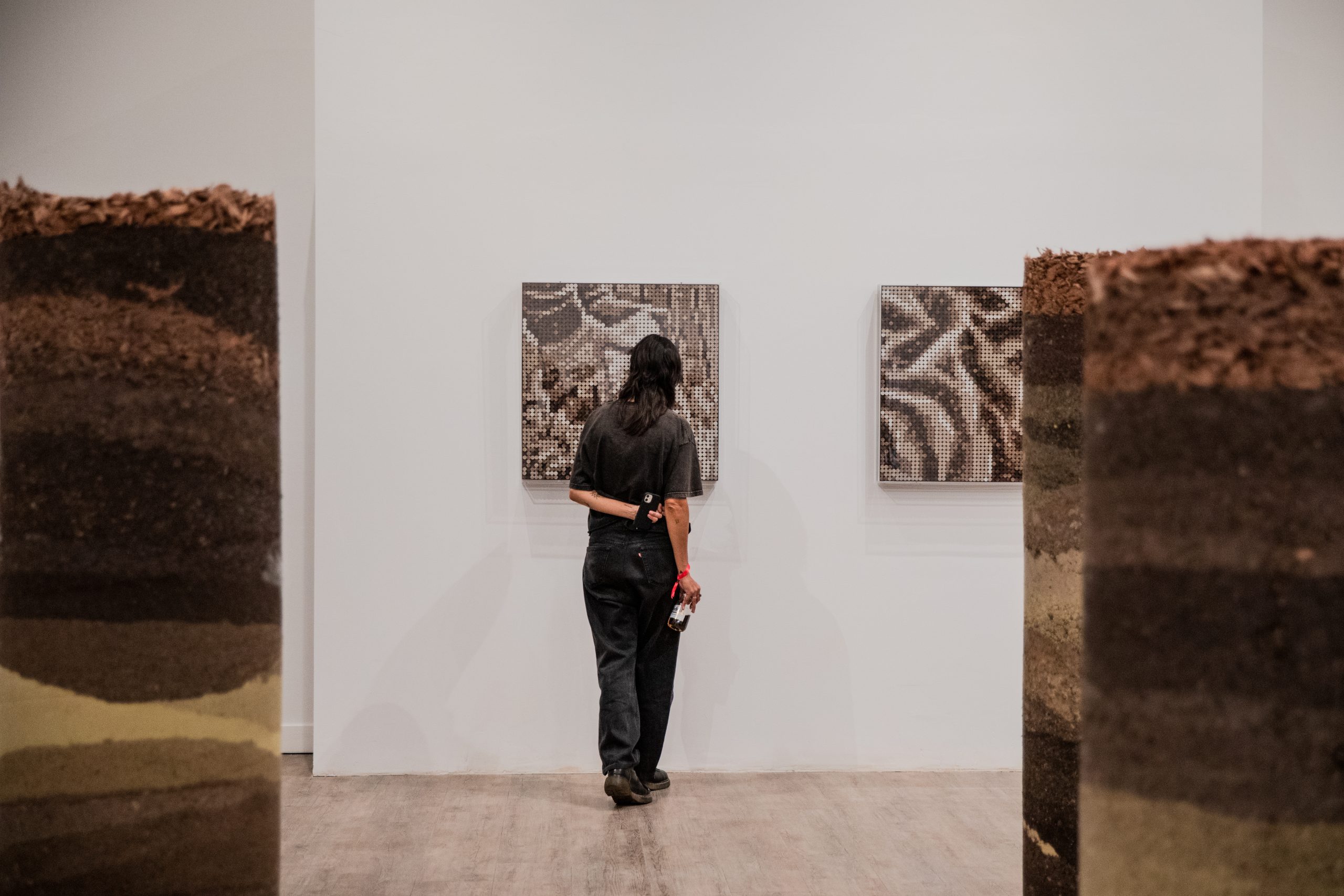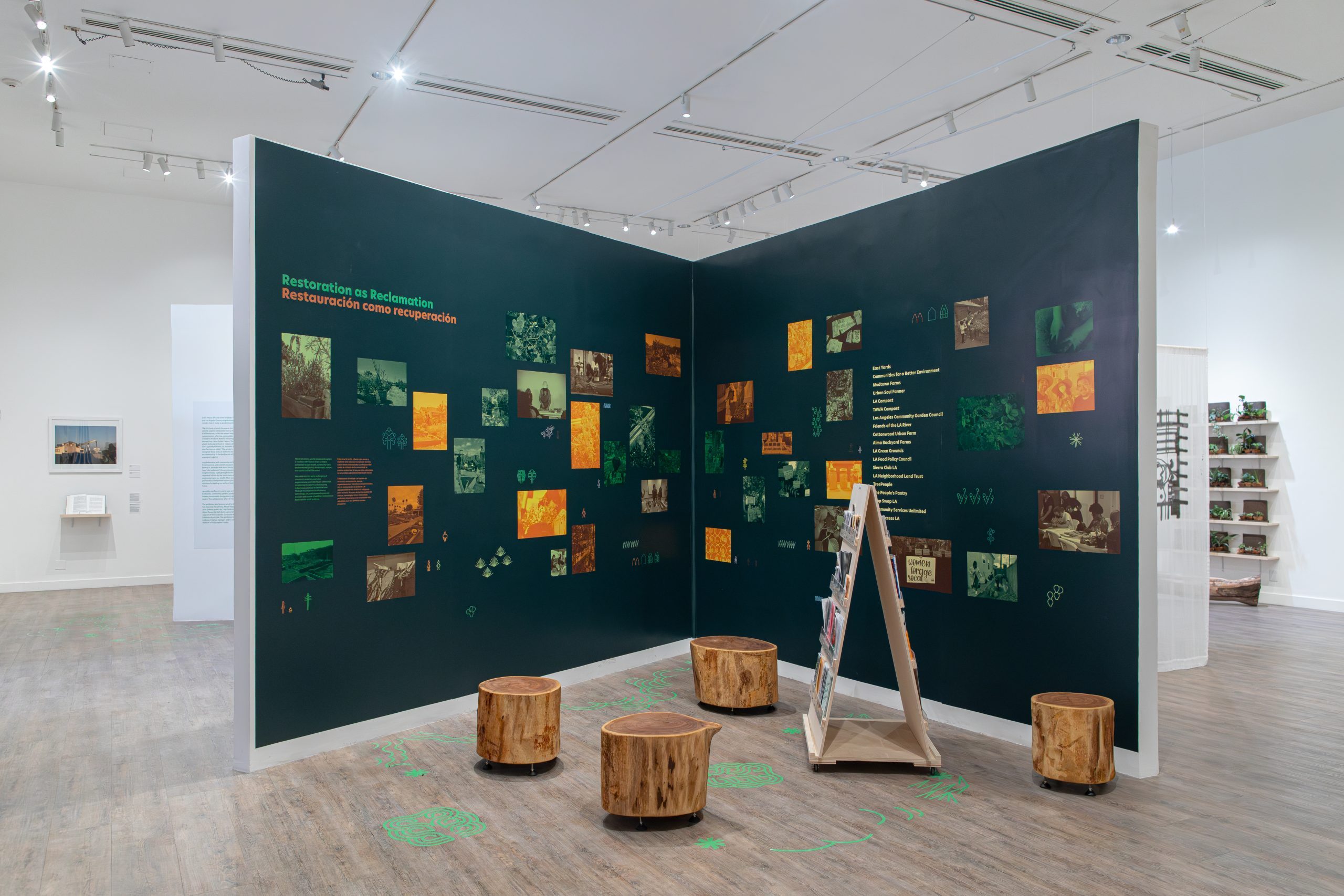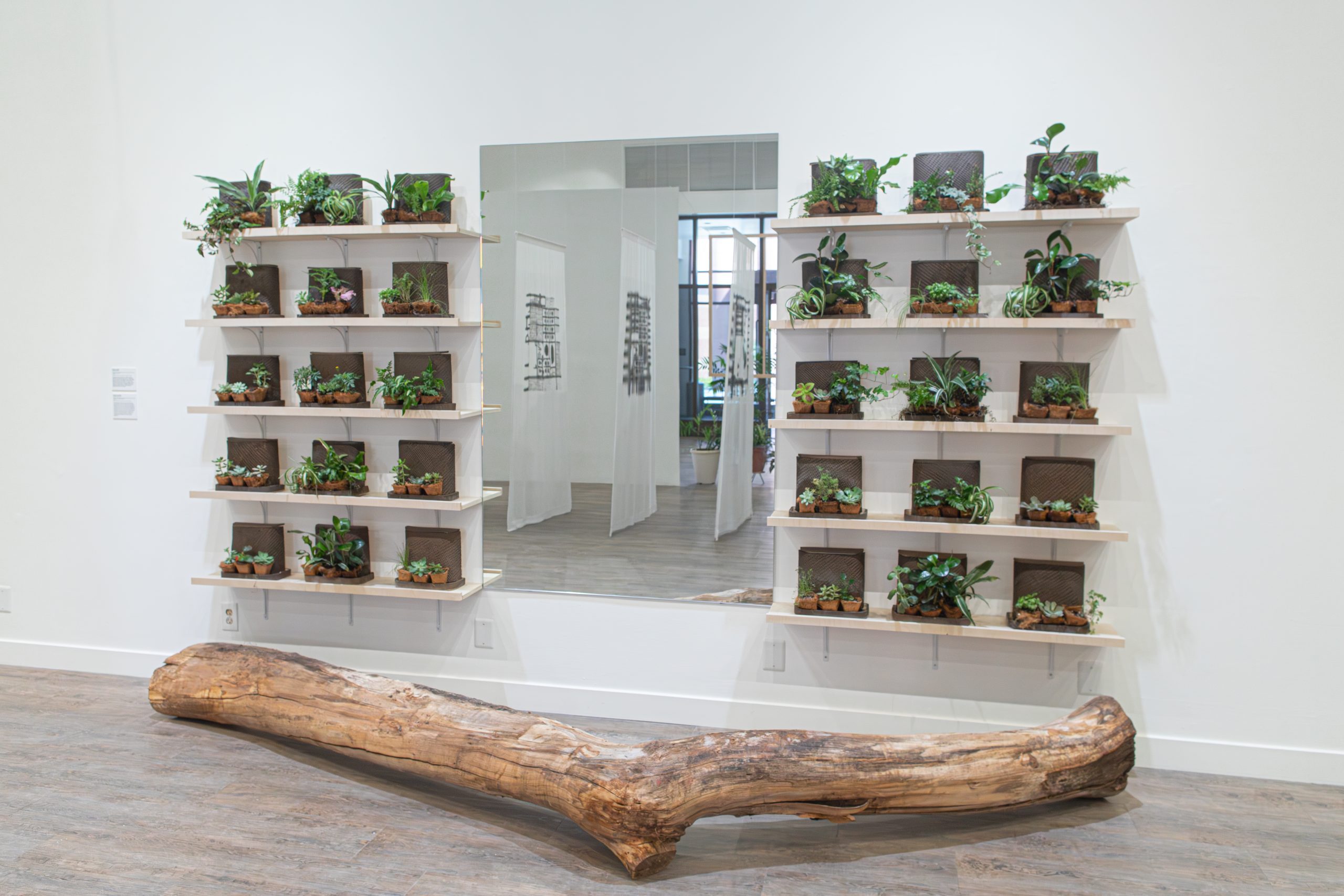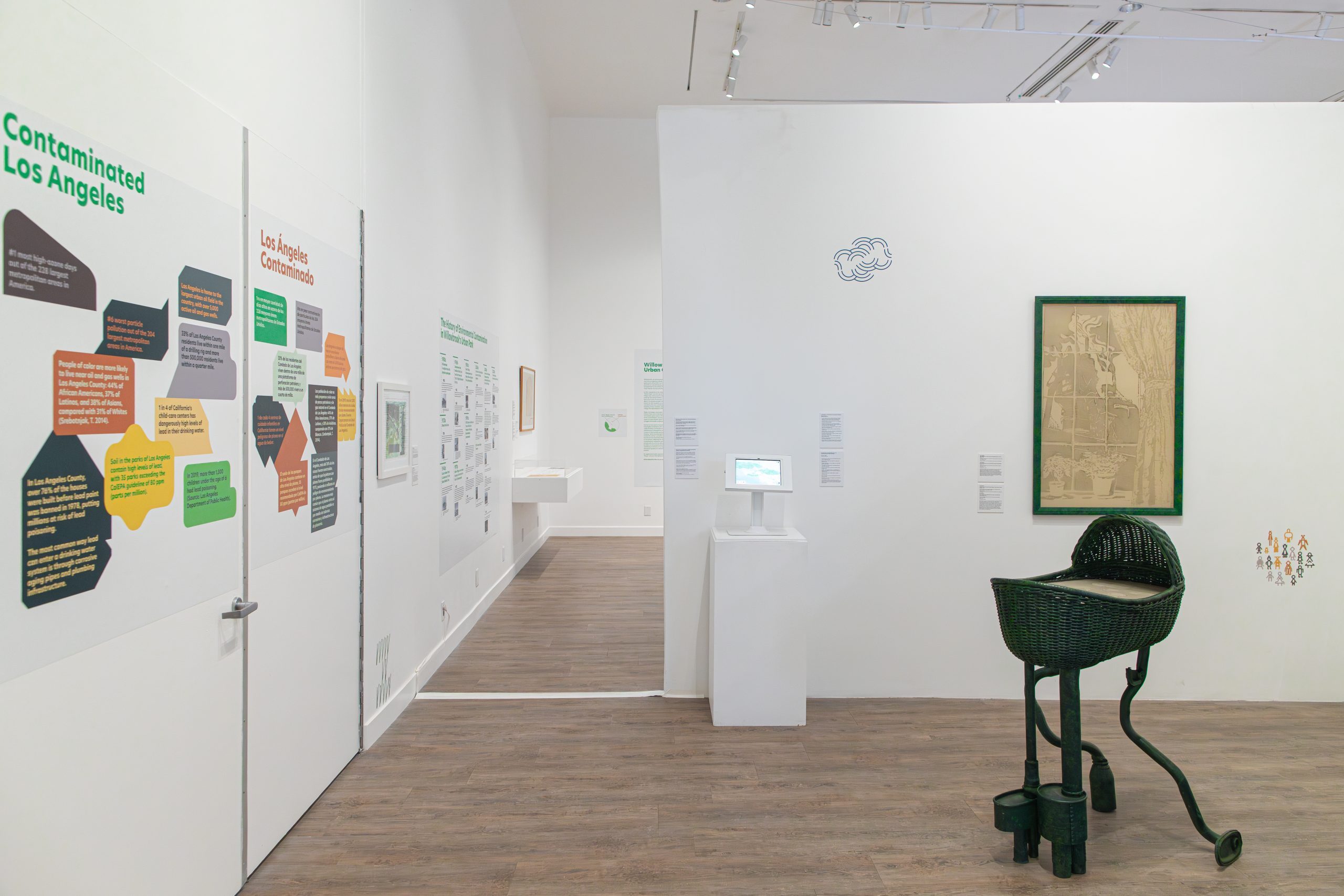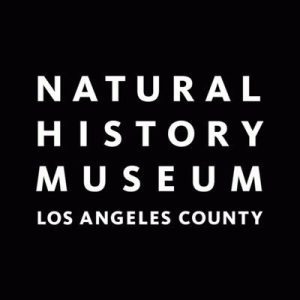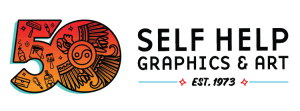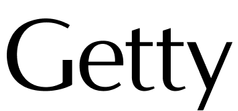This exhibition is organized by Self Help Graphics and Art, Inc., in partnership with the Los Angeles County Natural History Museum and The Luckman Fine Arts Complex at Cal State LA, with the support of the Getty Foundation through its Art & Science Collide Initiative. The exhibition is curated by Marvella Muro, with Curatorial Assistant Ana Guajardo.

In Los Angeles, as elsewhere in the United States, communities of color are often the populations most vulnerable to the toxic effects of industrial waste and soil contamination. Sinks: Places We Call Home highlights the environmental disparities created by manufacturing sites in two communities located near Self Help Graphics & Art (SHG): Exide Battery plant in Vernon and the former Athens Tank Farm (Exxon/Mobil Oil Corporation) in Willowbrook.
Los Angeles-based artists Beatriz Jaramillo and Maru García are conducting data-driven research that reveals harmful practices of the past and present and their long-term devastating ramifications on communities of color and the environment. Producing new work for the exhibition, García partnered with the Natural History Museum’s Mineral Department to pursue soil testing and lead reduction studies with Community Scientists in the areas surrounding Vernon. Jaramillo will uplift voices, stories, and data from the Willowbrook community to elevate how white supremacy has shaped urban planning policies and its long-term impact on the people and environment.
Sinks does not attempt to change the past but to elevate the voices and stories of the people who form these neighborhoods, despite the locations having served as sinks or reservoirs of pollution, and informs audiences about land contamination and alternative solutions. Jaramillo and García interrogate a history of government negligence, elevate stories, and explore tangible solutions that communities living in contaminated neighborhoods can access. Their artwork and practice aim to shift our relationship with the land and empower us to connect with the soil through knowledge, stewardship, and advocacy.
The exhibition also features work by Kim Abeles, Miyo Stevens-Gandara, Poli Marichal, Tara Pixley, Albert Tlatoa, Christian Salcedo Ward, Joan Zamora, and poetry by Tina Calderon.
In the community of Willowbrook, an unincorporated part of Los Angeles adjacent to Watts, Beatriz Jaramillo has used her art practice to uplift forgotten voices, stories, and data about the land contamination of Magic Johnson Park, the largest urban park in South Los Angeles. Her work investigates how various government agencies and urban planning policies rooted in white supremacy neglected to protect the community, causing widespread adverse health conditions and the deaths of dozens of residents of Ujima Village, the housing projects built on top of the contaminated land. Through community building with the local Willowbrook Community Garden, Beatriz and Self Help Graphics & Art have worked to reframe how communities can mitigate environmental hazards by collaborating on a multi-year workshop series focusing on the intersection between nature, art, and healing.
Artist Maru García founded Prospering backyards (Pb) in collaboration with Self Help Graphics and Art and the Los Angeles County Natural History Museum as a part of her examination of the catastrophic lead contamination by the Exide Battery Plant in SouthEast Los Angeles and surrounding neighborhoods, one of the most costly environmental cleanups in history. Recognizing the failures of the government to remediate the contamination to date, Garcia partnered with the Museum’s Mineral Science Department to pursue soil testing and lead reduction studies using the mineral Zeolite, which captures and encapsulates lead, thus reducing lead levels in the soil. The Community Science department at NHM worked with Pb and the community scientists to install test sites at their homes to conduct a year-long research project demonstrating zeolites as an alternative lead reduction and a critical tool to mitigate the risk of living within the Exide-affected area.
-Artbound by PBS SoCal: How Prospering Backyards Unifies Art, Science, & Community.
Beatriz H. Jaramillo is a visual artist who explores the relationship between nature and culture. In her art, she uses the landscape as a metaphor to highlight the tensions arising from the separation between the two and invites viewers to reflect on their connection with nature.
Beatriz studied Architecture in her native Colombia and earned a Bachelor’s degree in Fine Arts from Los Andes University. She later moved to Los Angeles, where she studied ceramics at Cerritos College and earned a Master’s in Art Education in 2009. In 2015, she obtained an MFA in Studio Art with an emphasis on Ceramics from California State University, Los Angeles. She has exhibited her work at various galleries and museums in Los Angeles and Bogotá, and in 2019, she was awarded an art residency (AIR) at Los Angeles Clean Tech Incubator (LACI) to integrate art, science, and technology with community participation and inspire meaningful dialogues about environmental issues.
She is also an Art Educator and has served as a teaching artist for ArtworxLA, the City of Commerce, the Los Angeles County Museum of Art, and the Norton Simon Museum. Additionally, she has served as a faculty member at Cal State LA, teaching ceramics.
Maru García’s methodology combines laboratory and fieldwork tools from her background in plant chemistry and the pharmaceutical industry. Her media use includes research, installations, performance, sculpture, and video, usually including organic matter to help understand the biological processes occurring in complex systems. Her areas of interest are biosystems, multispecies relations, and the capacity of living organisms (including humans) to act as remediators in contaminated sites. Her work highlights the importance of eco-aesthetics, in which relations are proposed as ways of building cultures of regeneration. At the same time, she questions the ways science and technology have influenced humans more than humans within the natural world.
Maru has participated in conferences and solo and group exhibitions in North America, Europe, and Asia. She was an artist in residence at the National Center of Genetic Resources in Mexico and has received awards from the New York Foundation for the Arts ‘Anonymous Was a Woman Environmental Art Grant,’ the California Environmental Protection Agency (CalEPA) Environmental Justice Grant, the California Arts Council, Los Angeles Sustainability Collaborative, Clifton Webb Scholarship for the Arts, and Fundación Jumex. She collaborated with the Art-Sci Center and Counterforce Lab at UCLA and was a 2020- 2021 Sci-Art Ambassador for Supercollider. She worked at the Getty Research Institute in the 2019-2020 Scholar program titled “Art and Ecology” and was a 2021-2022 artist in residence at 18th Street Arts Center. Maru holds an MFA in Design & Media Arts from UCLA, an MS in Biotechnology, and a BS in Chemistry from Tecnológico de Monterrey, México.
Self Help Graphics & Art fosters the creation and advancement of new artworks by Chicana/o and Latinx artists through experimental and innovative printmaking techniques and other visual art forms. We are an organization rooted in community; and since 1973, have been at the intersection of arts and social justice, providing a home that fosters the creativity and development of local artists. We establish international collaborations and partnerships nationwide and create worldwide cultural exchanges.
Self Help Graphics & Art Curatorial Team
Marvella Muro, Curator
Ana Guajardo, Curatorial Assistant
Lulu Urdiales, Associate Registrar, Loans and Exhibitions
Willowbrook Partners
Rose and Roneika Pickney, Willowbrook Community Garden
Willowbrook Inclusion Network
Prospering Backyards Core Team
Maru García, Project Lead, Prospering Backyards
Aaron Celestian, Senior Curator, Mineral Science Department, Natural History Museum
Lila Higgins, Senior Manager, Community Science Department, Natural History Museum
Sam Tayag, Program Manager, Community Science Department, Natural History Museum
Miguel Ordeñana, Senior Manager, Community Science Department, Natural History Museum
Jordan Salcedo, Communications and Community Building
Southern California’s landmark arts event, PST ART (previously Pacific Standard Time), returns in September 2024 with more than 818 artists, 50 exhibitions, and 1 mind-blowing theme:
Art & Science Collide
In partnership with museums and institutions across the region, this is one of the most expansive art events in the world.
This “collision” will explore the intersections of Art and Science, both past and present, with diverse organizations activating exhibitions on topics like ancient cosmologies, Indigenous sci-fi, environmental justice, and artificial intelligence.
PST ART: Art & Science Collide will share groundbreaking research, spark lively debate, and provide thought-provoking lenses to explore our complex world.
Whether you are already in-the-know or discovering PST ART for the first time, Art & Science Collide will be the groundbreaking event of 2024.
PST ART is a Getty initiative.
- Past Events:
Closing Day Workshops
Saturday, February 15, 2025
12:00 p.m. — 3:00 p.m.
Zoe Blaq from Urban Soul Farm will lead a seed planting workshop, Self Help Graphics & Art will provide drop-in arts and printing workshop; information tables hosted by TAWA Compost & Food Rescue and Vision City Terrace will offer educational resources about soil and our environment.
The event is free and open to all. No registration is required.
Garden Herbs Workshop
Thursday, February 6, 2025
12:00 p.m. — 2:00 p.m.
This event is sponsored by the Office of the Dean of Students and the Center for Urban Ecology at Cal State LA.
A student-centered arts workshop to accompany the exhibition Sinks: Places We Call Home. Zoe Blaq provides an engaging way to explore the medicinal properties of various plants, their uses in holistic health, and how to incorporate them into daily life. Participants can learn about the benefits of herbs, how to prepare them, and their applications in natural healing.
Workshop:
Zoe Blaq from Urban Soul Farm will lead a workshop focused on healing herbs.
Tour:
Dr. Choi Chatterjee from Cal State LA’s Center for Urban Ecology will guide a tour of the campus community garden.
Refreshments will be provided.
Open to all Cal State LA students. No registration is required.
ArtsMatter Family Day
Saturday, February 1, 2025
11:30 a.m. — 2:30 p.m.
ArtsMatter, PST ART, Self Help Graphics & Art, and The Luckman have partnered to host a FREE Family Day for local community members to enjoy a unique and exciting PST ART exhibition!
Complimentary lunch will be provided. Vegetarian options will be available.
Program:
11:30 a.m.
Families arrive
Participants arrive at The Luckman.
11:45 a.m. — 12:30 p.m.
Complimentary lunch
Vegetarian and non-vegetarian options will be available.
12:30 p.m. — 2:30 p.m.
•Explore the Sinks: Places We Call Home exhibition
Curated by Marvella Muro with Ana Guajardo, Curatorial Assistant.
•Relief printmaking workshop with Ernesto Vazquez, BMAS Teaching Artist at Self Help Graphics
Learn how to create relief prints on foam plates inspired by Sinks: Places We Call Home. Artists will demonstrate how to create prints with materials accessible in everyone’s home and techniques to create various printing effects. Participants will create images that highlight disparities that affect them in their own neighborhoods or designs that bring hope to a better future for our environmental health.
•Artivism & Research workshop with Beranger LeFranc, ArtsMatter Teaching Artist
Inspired by PST ART exhibitions, this workshop empowers participants to combine art and science to drive meaningful change. Through the creation of impactful graphic design posters, attendees will spotlight environmental injustices and inspire actionable solutions to address climate crises.
•Dip painting workshop with Luz Kobayashi, UCLA Visual and Performing Arts Education (VAPAE) and ArtsMatter Teaching Artist
Explore themes of pollution, texture, and abstract pattern. Artists will use oil and water to create marbled textures and pull a print. This activity is inspired by the work of Beatriz Jaramillo and others in Sinks: Places We Call Home.
1:00 p.m. & 1:30 p.m.
Curator-led exhibit tours
Two sessions, led by exhibition curator Marvella Muro.
8:00 p.m.
Jazz at Lincoln Center: New Orleans Songbook
All families are invited to return to The Luckman Fine Arts Complex to enjoy a free performance of the New Orleans Songbook presented by Jazz at Lincoln Center. This concert brings the soul of New Orleans and the spirit of Mardi Gras to celebrate the composers and inspired songs of the Crescent City, the historic epicenter of jazz.
Catalog Release
Saturday, December 7, 2025
11:00 a.m. — 3:00 p.m.
Join us alongside Self Help Graphics & Art as we celebrate the release of their Sinks: Places We Call Home exhibition catalog. The day of programming includes a drop-in workshop with the Self Help Graphics & Art Barrio Mobile Art Studio team, as well as a Botanica del Barrio demonstration by Felicia Montes from Mujeres de Maiz — a mobile alternative medicine cart that educates and documents wellness remedies, recipes, herb and plant uses, and traditional Mexican medicine. Finally, learn more about the exhibition through a panel discussion moderated by educator, curator, and writer Bill Kelley Jr. with exhibition curator Marvella Muro and exhibition artists Beatriz Jaramillo and Maru García.
11:00 a.m. – 2:30 p.m.
Drop-in art making with Self Help Graphics & Art.
11:00 a.m. – 2:30 p.m.
La Botanica del Barrio by Mujeres de Maiz.
2:00 p.m. – 3:00 p.m.
Panel Discussion.
Wednesday through Friday
12:00 p.m. — 5:00 p.m.
Saturday
11:00 a.m. — 4:00 p.m.
During stage presentations
Open 1 hour prior to start time

